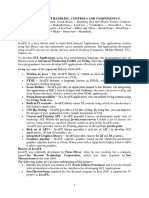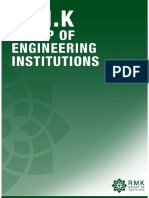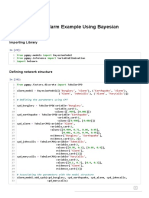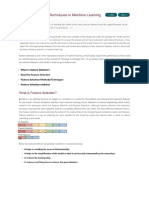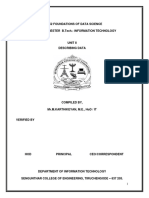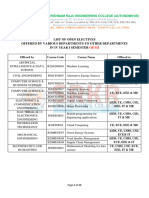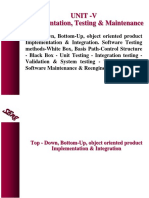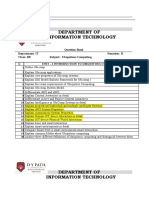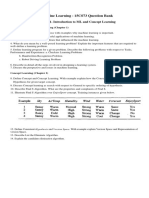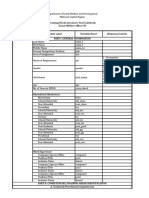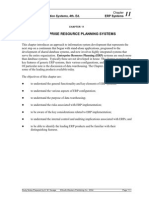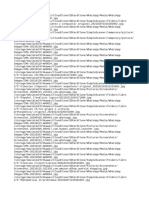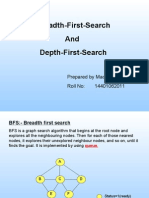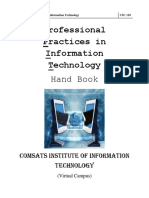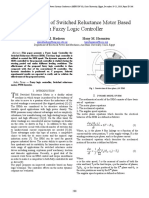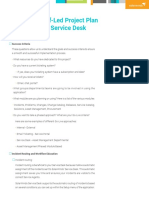0% found this document useful (0 votes)
431 views2 pagesQuestion Bank of Applied Machine Learning
Questions bank
Uploaded by
hazardeagerCopyright
© © All Rights Reserved
We take content rights seriously. If you suspect this is your content, claim it here.
Available Formats
Download as PDF, TXT or read online on Scribd
0% found this document useful (0 votes)
431 views2 pagesQuestion Bank of Applied Machine Learning
Questions bank
Uploaded by
hazardeagerCopyright
© © All Rights Reserved
We take content rights seriously. If you suspect this is your content, claim it here.
Available Formats
Download as PDF, TXT or read online on Scribd
/ 2



